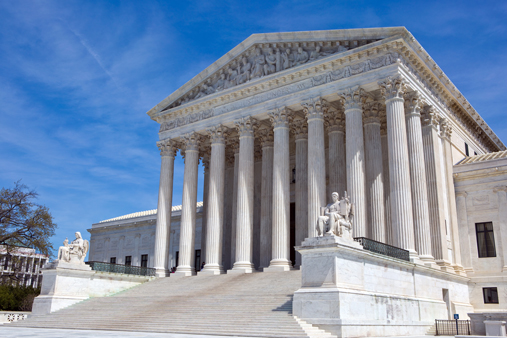On Feb. 15, the Federal Aviation Administration (FAA) released its long-awaited notice of proposed rules with respect to unmanned aircraft systems (UAS). Once finalized, the proposed rules will replace the current almost-universal ban on flying UAS for commercial purposes with a protocol for authorizing operations for commercial flights of small UAS weighing up to 55 pounds.
The new rules do place restrictions on UAS flights to ensure the continued safety of the national airspace. It limits unmanned flights to daylight and visual-line-of-sight operations in addition to addressing height restrictions, operator certification, optional use of a visual observer, aircraft registration and marking, and operational limits.
Civil UAS provide benefits to businesses because they are able to complete tasks that may be too dangerous, expensive, or time consuming when using other methods. Drones have been proven effective in the oil and gas industry, specifically in pipeline inspection where they were put to use monitoring Alaskan pipelines in June 2014 with special approval of the FAA. Since then, other companies have sought similar approval with varying levels of success. The new rules will allow all companies to integrate UAS technology into their businesses without the FAA’s express authorization as long as they comply with its restrictions. This will allow companies to use UAS for visual monitoring tasks like inspecting long stretches of remote pipelines, monitoring and responding to spills, and monitoring oil rig flare stacks.
There will be a 60-day public comment window on the new regulation after it is published. This is an ideal opportunity for businesses to offer input that will shape the future of UAS regulation. For example, the FAA has explicitly invited comments on the visual-line-of-sight requirement included in the notice of proposed rulemaking. As it stands, this requirement puts a damper on the effectiveness of UAS while inspecting more remote or inaccessible portions of a pipeline. The current unmanned aircraft rules will remain effective until the new rule is implemented sometime after the public comment period has closed. A summary of the proposed rules can be found here.
For more information, contact the Barnes & Thornburg attorney with whom you work, or Clifford Maine at Clifford.Maine@btlaw.com or 616-742-3944; Connie Lahn at Connie.Lahn@btlaw.com or 612-367-8706; or Jeffrey Longsworth at jeffrey.longsworth@btlaw.com or 202-408-6918.
You can also visit our Aviation Practice or Pipeline Practice online.
© 2015 Barnes & Thornburg LLP. All Rights Reserved. This page, and all information on it, is proprietary and the property of Barnes & Thornburg LLP. It may not be reproduced, in any form, without the express written consent of Barnes & Thornburg LLP.
This Barnes & Thornburg LLP publication should not be construed as legal advice or legal opinion on any specific facts or circumstances. The contents are intended for general informational purposes only, and you are urged to consult your own lawyer on any specific legal questions you may have concerning your situation.
Visit us online at www.btlaw.com and follow us on Twitter @BTLawNews.











/Passle/6488d4630e7e25c9ac9f834a/MediaLibrary/Images/2024-07-18-19-15-33-047-669969d52008239f764a11af.png)


/Passle/6488d4630e7e25c9ac9f834a/SearchServiceImages/2024-07-17-15-17-44-967-6697e0980752df56d2441ada.jpg)
